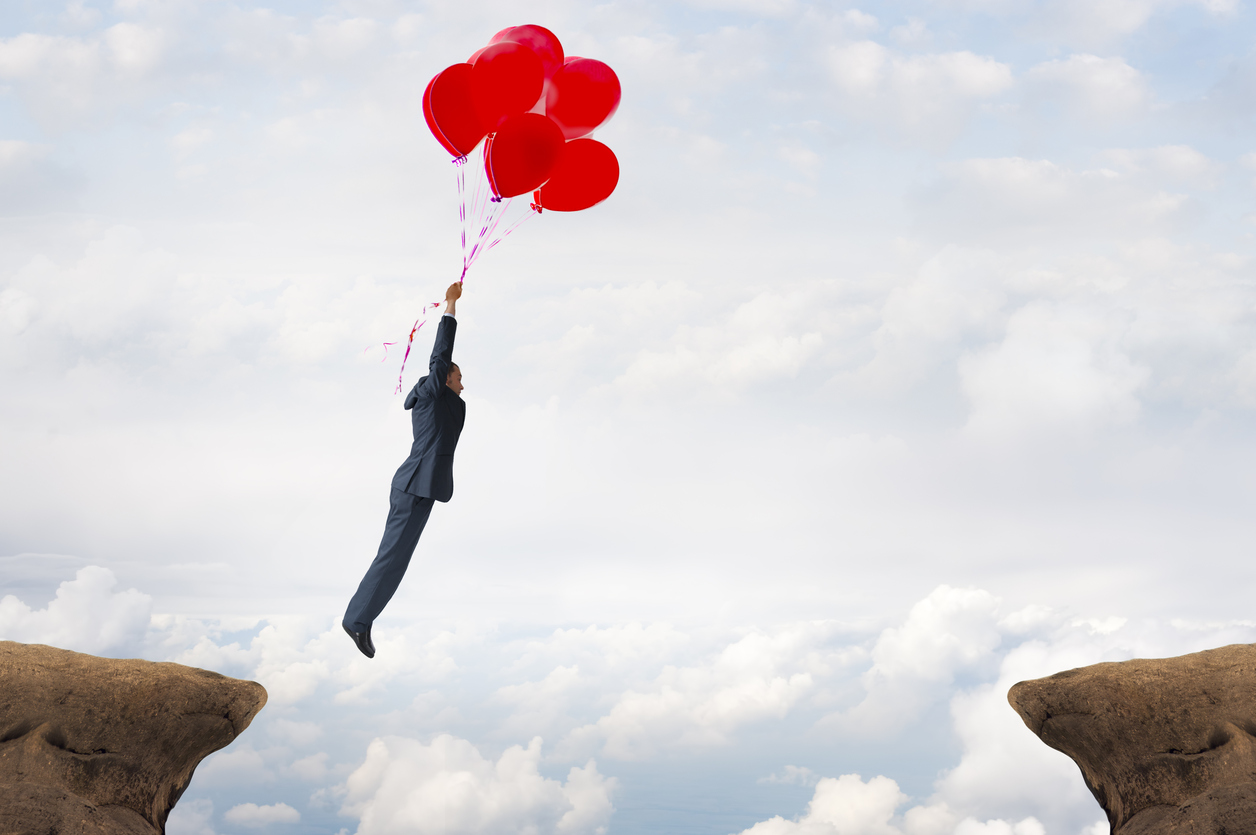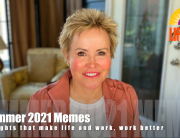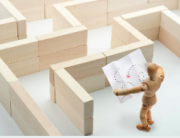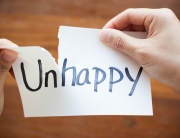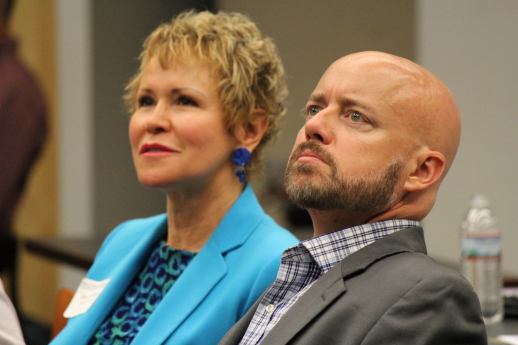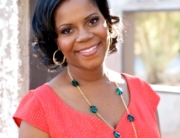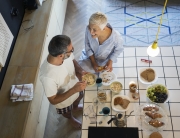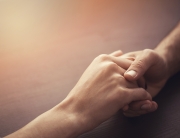What could possibly be more hazardous to your health than obesity, drinking excessively or smoking up to fifteen cigarettes a day? Does it surprise you to know that it’s loneliness?
Loneliness is a massive health risk and here’s proof: If you have fewer than three people you can confide in and socialize with, you are more than twice as likely to die from heart disease. Makes sense, doesn’t it — the connection between matters of the heart and how they literally affect the physical heart?
But did you know that loneliness puts your brain at risk, too? Lonely people are more than twice as likely to develop Alzheimer’s disease.
I’m not talking about what I call “situational loneliness” — coping with a relationship breakup, an empty nest, the death of loved one or moving to a new geographic area. Or the solitude that introverts crave and find restorative.
I’m talking about the feeling of chronic disconnectedness — of being alone, even when you’re not alone — whether it’s in a marriage, at work, or surrounded by a large social network of friends or family.
Lonely? You’re Not Alone.
Forty percent of us say we feel lonely on a regular basis — and that’s a twenty percent increase since the 1980’s. No wonder there’s a growing body of research about loneliness. And some of that research is turning our current thinking about loneliness, aka “insufficient social connection” on its head.
For example, which age group would you guess is most likely to report regularly feeling lonely?
- 16-24
- 34-42
- 52-60
- 70-78
Would you have guessed it’s the 16-24 year olds? Maybe not, unless you’re in that age group yourself. As University of Houston researcher Angie LeRoy puts it, “Loneliness is a perceptual state that depends more on the quality of a person’s relationships than their sheer number.”
Loneliness packs a wallop far beyond the personal psychological terrain. Robert Putnam, Harvard political science professor and author of the bestseller Bowling Alone: The Collapse and Revival of American Community, explores not just the personal, but also the societal, business and governmental impact of connectedness, what he refers to as “social capital.”
In other words, Putnam says, “None of the people watching ‘Big Brother’ will bring you chicken soup if you get sick.”
How to Heal the Disconnect
Loneliness acts on the same parts of the brain as physical pain. UCLA psychologist Naomi Eisenberger found that our drive for social connectedness is so deeply wired that being rejected or socially excluded hurts like an actual wound. So it’s not surprising that the same medications that help relieve physical pain also reduce emotional pain. Kind of puts a different spin on addiction to painkillers, doesn’t it?
John Cacioppo, the director of the University of Chicago’s Center for Cognitive and Social Neuroscience, adds, “[Loneliness] is an aversive state that has evolved as a signal to change behavior, very much like hunger, thirst or physical pain, to motivate us to renew the connections we need to survive and prosper.”
So if the antidote to loneliness is meaningful connectedness, how do you raise your social capital?
First, there’s some bad news: Rather perversely, the pain of alienation is accompanied by a tendency to lash out at those from whom we feel alienated. Loneliness, Cacioppo explains, “promotes an emphasis on short term self-preservation, including an increase in implicit vigilance for social threats.“
That explains why well-meaning advice and simple solutions like “You need to get out more” or “Why don’t you join a group or club?” or “Do some volunteer work!” may fall on deaf ears or explain how lonely people often sabotage themselves by being defensive and wary in social situations.
Good grief, so we’re not only yearning to engage with other people, but at the same time feeling a little paranoid about those same people? Isn’t the double-standard expectation of “I don’t like you, but I want you to like me” a little unrealistic?
This is where I usually get a puzzled look. While we’re painfully aware of how those around us leave us out or outright reject us, we’re often clueless about how we contribute to or perpetuate the missed connection — or if we are aware, how helpless we feel about what to do about it.
So what does work? How do we shift the unconscious biases that keep us from establishing intimacy in the first place?
The cluelessness isn’t intentional. It’s unconscious. And it’s not that hard to help someone bring into awareness what they’re unaware of. And find ways to do better. The first part is psychological work and hard to describe in words, but I can share what some of the behaviors look like once you get rolling:
- Acknowledge that you’re lonely. Harvard physician and health researcher Jeremy Nobel points out the stigma that it’s embarrassing, even shameful, to admit to loneliness. “It becomes about them as a person: They’re not worthy of friendship; they have less value in society.”
- Engage in close encounters of the brief kind. In other words, talk to strangers. Those brief exchanges — which are sometimes not even words, but glances — are surprisingly “nourishing.” These exchanges usually fall into three categories:
-
- Offer a compliment — brief, sincere and said in passing. Make it easy to find something you like about someone.
- Commiserate about a shared inconvenience — and keep it brief, maybe just a glance. No complaining!
- Ask a question — even if the answer is obvious or terribly mundane. That’s not the point anyway — It’s about the personal connection.
- Learn how to “read energy.” This will help you with behavior #2. It will help you reduce defensiveness and wariness by making you feel safer in putting yourself out there. Here’s how it works: You have some choices with whom you engage, whether it’s who to approach in a group setting or which check-out lane to choose. Who looks most friendly, receptive, approachable? Gravitate toward that person.
- Don’t be afraid to be solitary — selectively. You may be surprised to find that learning how to be with yourself makes it easier to be with others.
- Apply the seven minute rule to conversations. Sherry Turkle, MIT professor and author of Alone Together and Reclaiming Conversation, noticed that “it’s when we stumble, hesitate, and have those ‘lulls’ that we reveal ourselves most to each other.”
If you’re on the outside looking in, know that you are not alone. And there’s something you can do about it.
Written by: Dr. Jan Anderson, PsyD, LPCC
Find Dr. Jan Anderson’s iTunes tracks for guided experiences on Mindful Eating and Mindfulness-Based Stress Reduction


